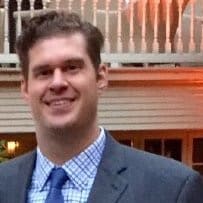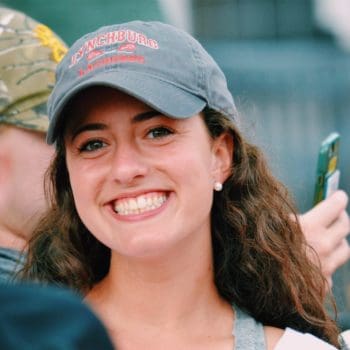Best Friends Animal Society is a national animal welfare organization dedicated to ending the killing of dogs and cats in America’s shelters. In partnership with local organizations across the country, they work to save animals’ lives, build no-kill communities, and help people adopt, foster, spay and neuter pets.
Best Friends Animal Society was founded in 1984 by animal welfare leaders Kim Sacks, Francis Battista and Michael Mount. Inspired by the success of the no-kill movement in San Francisco, they set out to start a sanctuary for homeless animals and to build a network of like-minded people and organizations that could replicate that success nationwide.
Today, Best Friends has grown to become the largest animal welfare organization in the country, with nearly 2,000 employees and more than 2,400 volunteers working across the nation to end the killing of dogs and cats in shelters.
They partner with more than 3,700 animal welfare organizations across the country, including over 1,400 shelters and rescues, to help them save lives.
They also run the nation’s largest no-kill sanctuary for homeless animals in Kanab, Utah.
For more inspiring interviews with nonprofit leaders and executives, check out the Charity Charge podcast.
Below is a Q&A with Melissa Miller, manager of social content and communities for Best Friends Animal Society
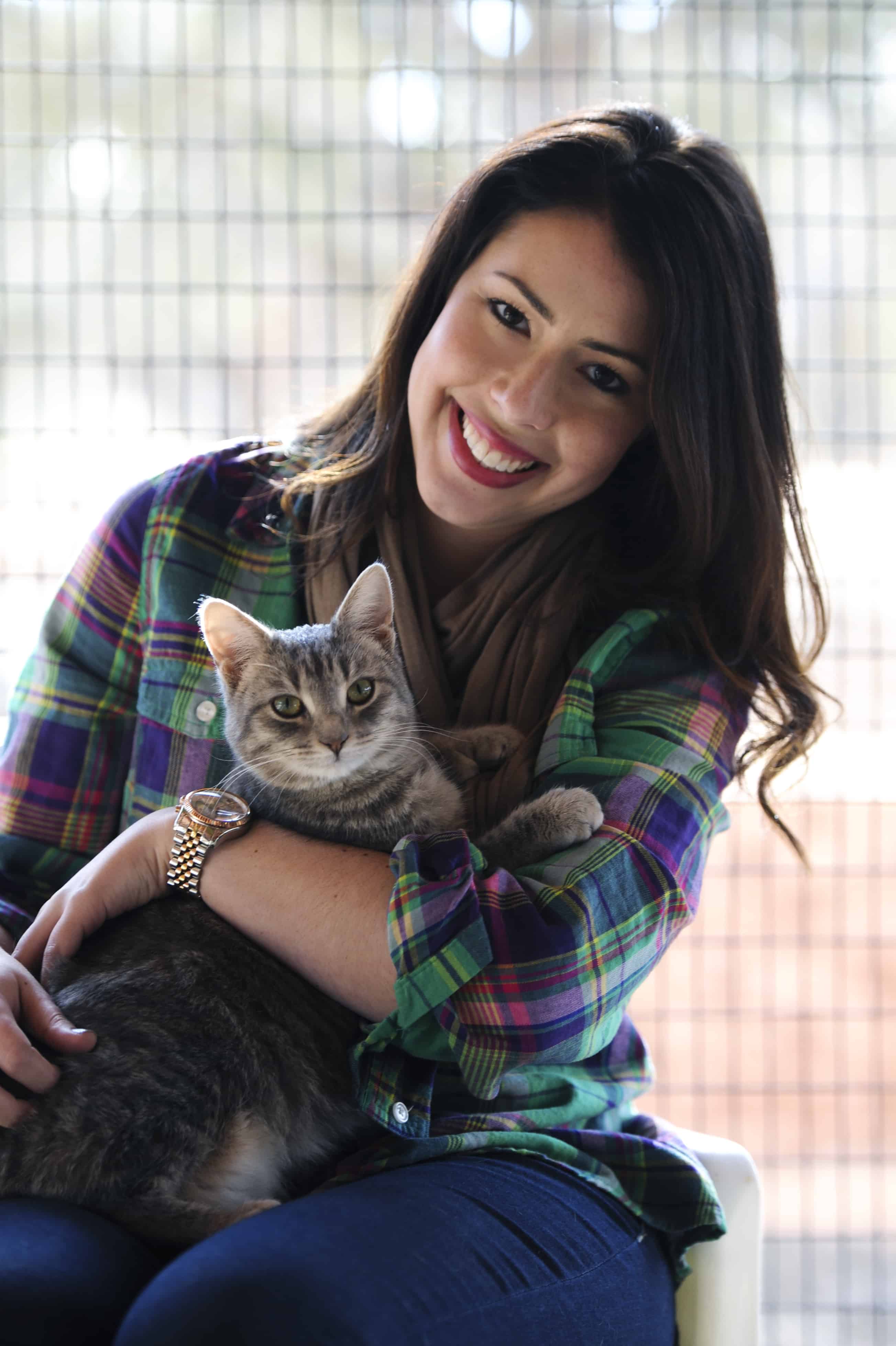
Tell us a little bit about your history prior to working for the Best Friends Animal Society — how did your previous experiences prepare you for this journey?
I started my career at a global public relations firm in Chicago working on clients ranging from consumer goods to insurance to food and beverages. But I always knew I wanted to do something with animals. After growing up with a household of pets and adopting my first dog in college, it was a natural fit for me to start volunteering with local animal rescue groups.
I slowly began to take on more and more responsibility while gaining a lot of knowledge about the animal welfare field in the process. Both my public relations work and my animal welfare volunteer stints gave me invaluable knowledge and real-world experience to set me up for success in my role at Best Friends.
What motivated you to get involved with a nonprofit instead of a conventional business?
After working at a public relations agency for a little more than six years, I knew I was ready for a change. I was already very involved with a nonprofit through my volunteer work, and so switching to nonprofit full-time made a lot of sense for me.
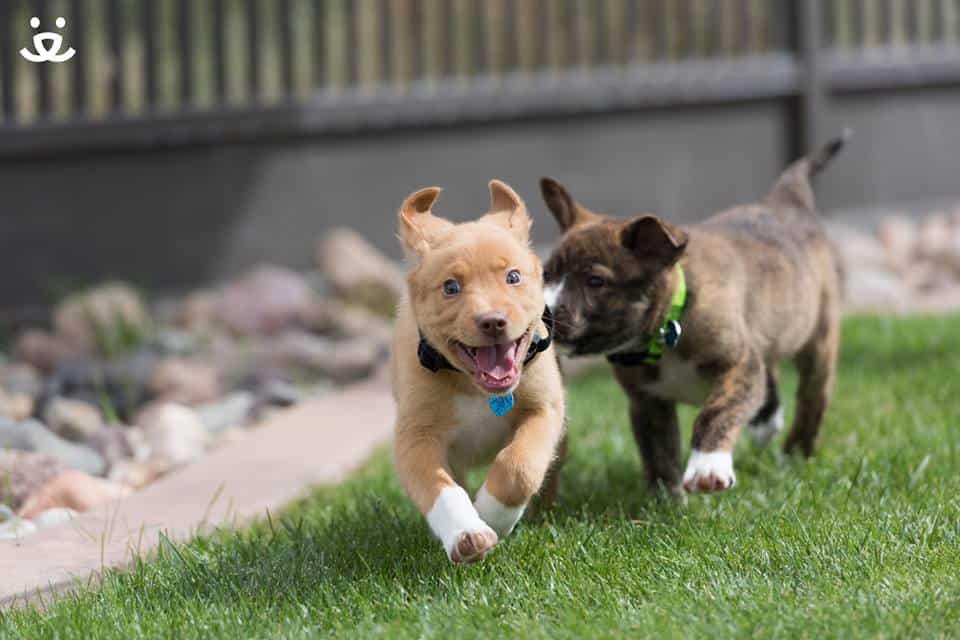
What are you hoping to achieve with your work at Best Friends? Are there any relevant facts or statistics you can share with us?
Our mission at Best Friends Animal Society is to end the killing of dogs and cats in America’s shelters. Every single day, more than 5,500 animals are killed just because they don’t have a safe place to call home, but know that number can be zero.
For over 30 years, Best Friends has been running the nation’s largest no-kill sanctuary for companion animals and building effective programs that reduce the number of animals entering shelters.
We have adoption centers in Los Angeles, Salt Lake City, Atlanta and New York City (opening soon!) and work with more than 1,700 rescue groups and shelters through our No More Homeless Pets Network partner program.
I oversee our social media team, with channels reaching more than 2 million fans and followers. Our goal on social media is to increase awareness about what’s happening to homeless pets in our shelters, while also driving adoptions, new volunteers and fundraising.
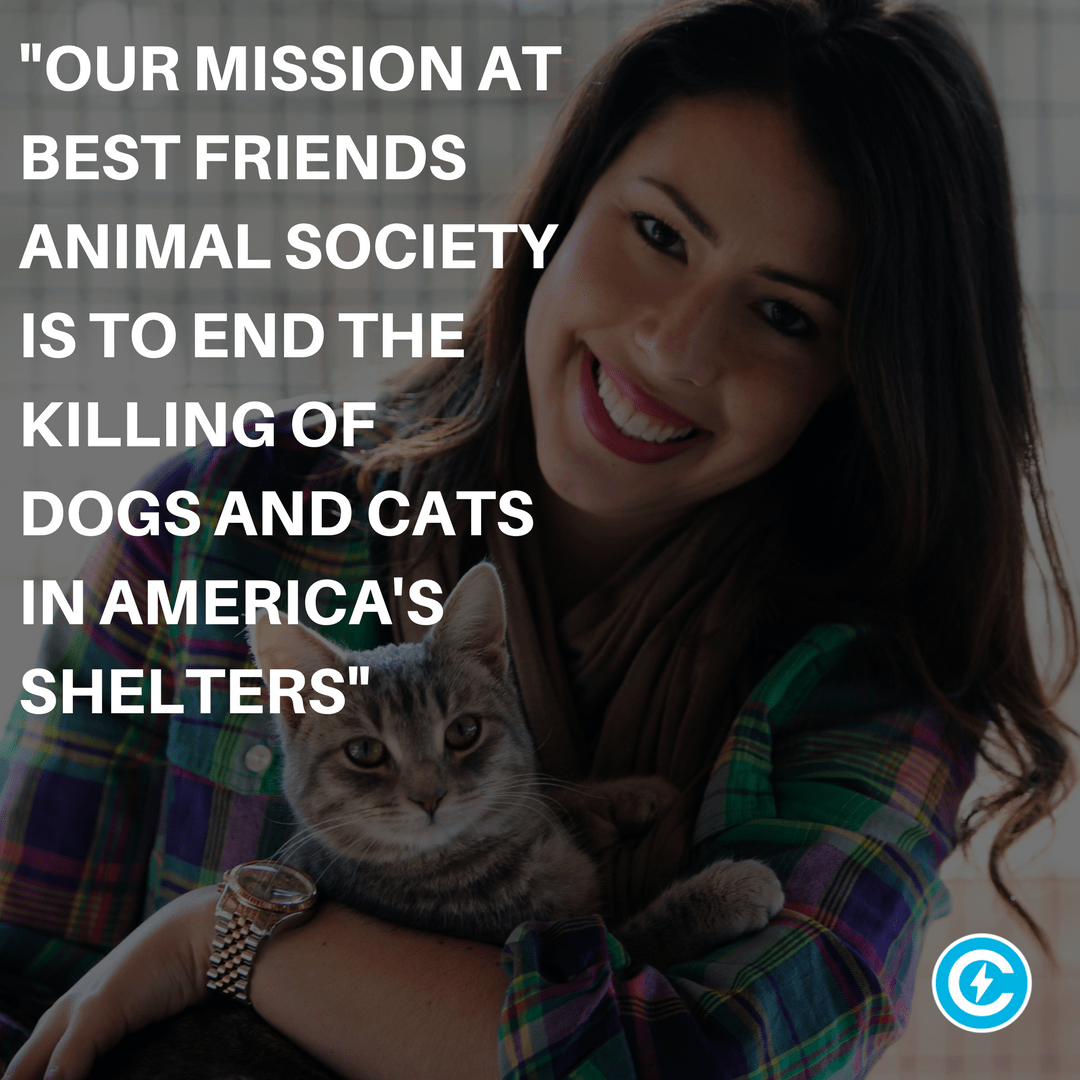
What are some of the most challenging obstacles you have had to face in pursuit of your goals?
Finding the “dream job” isn’t easy. It took me years to get where I am today, and I continue to push to further my career while also doing what I love. It’s all about finding the right balance and what ultimately brings you the most joy.
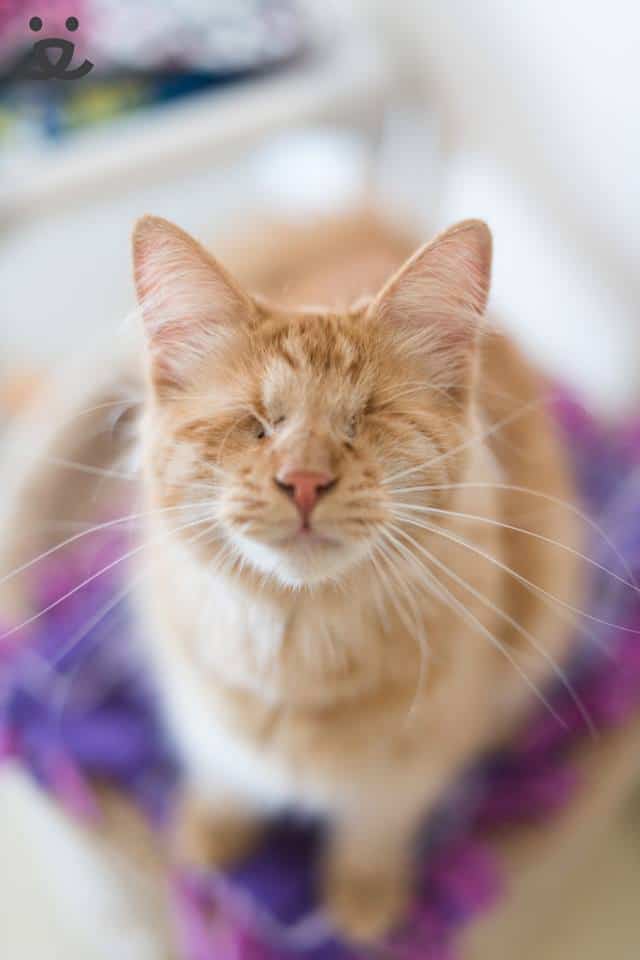
What advice would you give to people who are eager to make a social impact but don’t know where to begin?
Check out your local nonprofits and sign up to volunteer! Every hour makes a difference, and you can learn a lot about an organization, as well as what causes you’re most passionate about, by volunteering.



